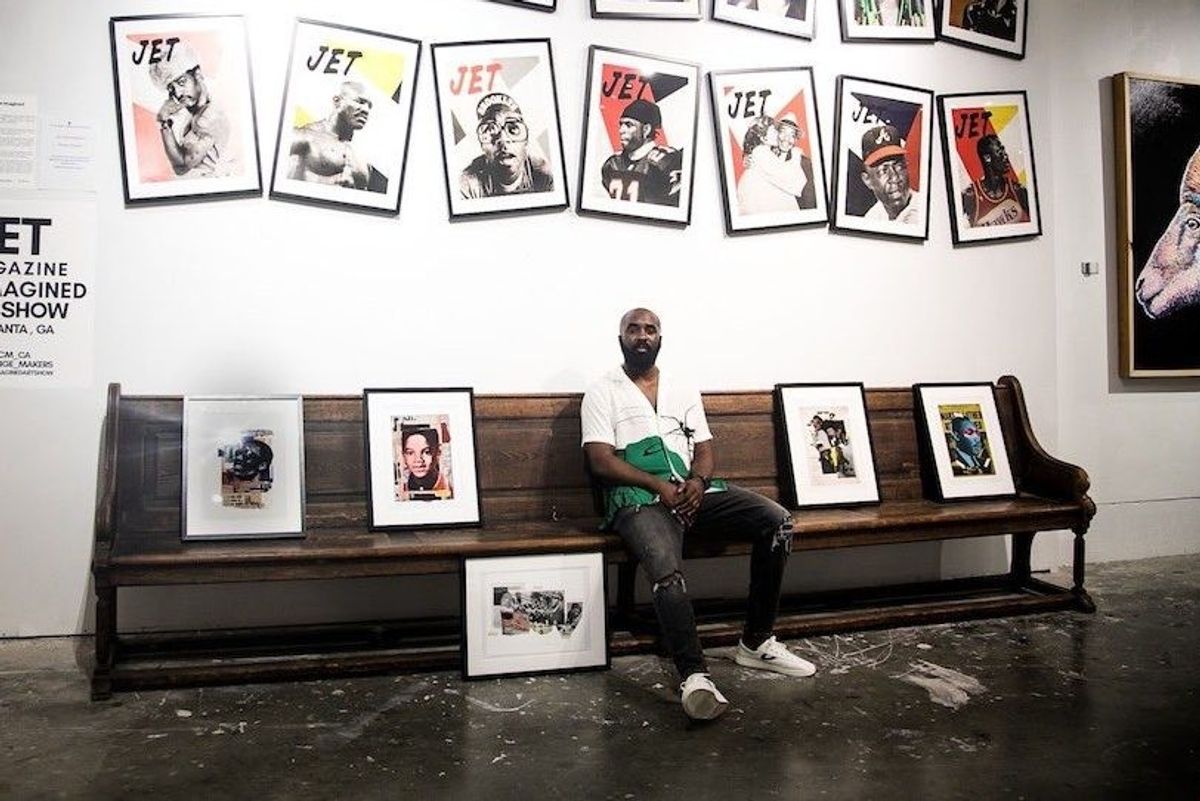
Shaheed rucker is remaking classic jet covers
Photo Credit: Amurri Kinsey.
To continue reading
Create a free account or sign in to unlock more free articles.
By continuing, you agree to the Terms of Service and acknowledge our Privacy Policy
Register
The content is free, but you must be subscribed to Okayplayer to continue reading.
THANK YOU FOR SUBSCRIBING
Join our newsletter family to stay tapped into the latest in Hip Hop culture!
Login
To continue reading login to your account.
Forgot your password?
Please enter the email address you use for your account so we can send you a link to reset your password:

When people consider art to hang on their walls, portraits of figures like Nipsey Hussle, Spike Lee, and Solange may not immediately come to mind.
Philadelphia artist Shaheed Rucker wants to change that.
The Philadelphia native’s Jet Reimagined series combines the minimal, vivid aesthetics of the legendary Black newsmagazine Jet with notable Black figures from today’s headlines. The end results are sentimental, often triumphant reflections of people that we often see disappear from the visage of social media.
Founded in 1951 by Chicago businessmen John H. Johnson, Jet was a publication that looked at Black news and society in a deeper way. When teenager Emmitt Till was murdered and mutilated by white supremacists in 1955, graphic photos of his open casket appeared in Jet and helped serve as a catalyst for the Civil Rights Movement. At a time when European beauty standards dominated pop culture, Jet’s Beauty of the Week sectionshowcasedBlack women from various backgrounds with their own respective interests and backstories.
As an artist with a passion for nostalgia, Rucker, who is 33, has fond memories of poring over copies of Jet magazine in his family’s house. After he began producing events in 2008, he saw a need to change the way Black people were portrayed in images and media. These two things combined to form the genesis for Jet Imagined, which sees Rucker create graphic designs around his favorite Black figures in an elevated way.
On a recent cold afternoon at Black-owned coffee shop Coffee Cream and Dreams, I spoke to Rucker, who was in the midst of an art tour in support of BET's upcoming Lena Waithe show Twenties. We spoke about his beginnings in art and passion for combining nostalgia with the modern. Read what he had to say, in his own words, below.
As told to Michael Butler
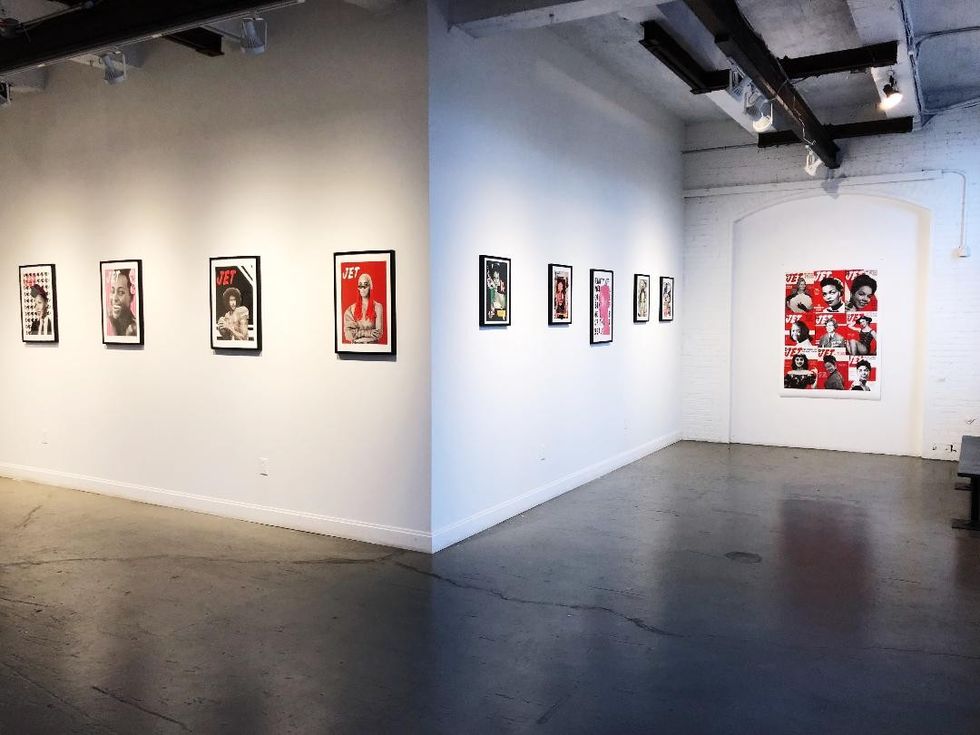
On his artistic beginnings.
I began my work by creating promotional graphics for a lot of my events and social mixers. I always had an idea for what I wanted my graphics and promotional flyers to convey but many of the graphic designers failed to bring that vision to life, so I took it upon myself to create designs that targeted a certain audience.
Many of the local designers were creating graphics with half-naked women, whether it was for a BBQ or spoken word event. So my designs took more of an art form that attracted a more eclectic and sophisticated crowd. By then, other promoters would hire me to design their graphics in hopes to drive in that same level of sophistication. At that point, I was putting in my 10,000 hours which helped me master my technique.
How his hometown Philadelphia shaped his views.
Philadelphia is home to many great African American icons, whether we're talking Joe Frazier, John Coltrane, Kobe Bryant, Wilt [Chamberlain], or Billie Holiday, the list goes on. Growing up in a city with such pride, you're taught to appreciate these icons, not because they're famous, but because of the circumstances and characteristics that made them successful. Many of those characteristics are a direct result of the behavior that's unique to Philadelphians: That grit, hunger, fighting to the last breath approach and burning drive for excellence. So growing up in Philadelphia has molded my appreciation of the sweat equity and challenges it takes to produce excellence. Whenever I see someone that represents Black excellence, I'm extremely curious about their intangibles and what the secret ingredients were that is responsible for their arrival, because Lord knows it's not easy.
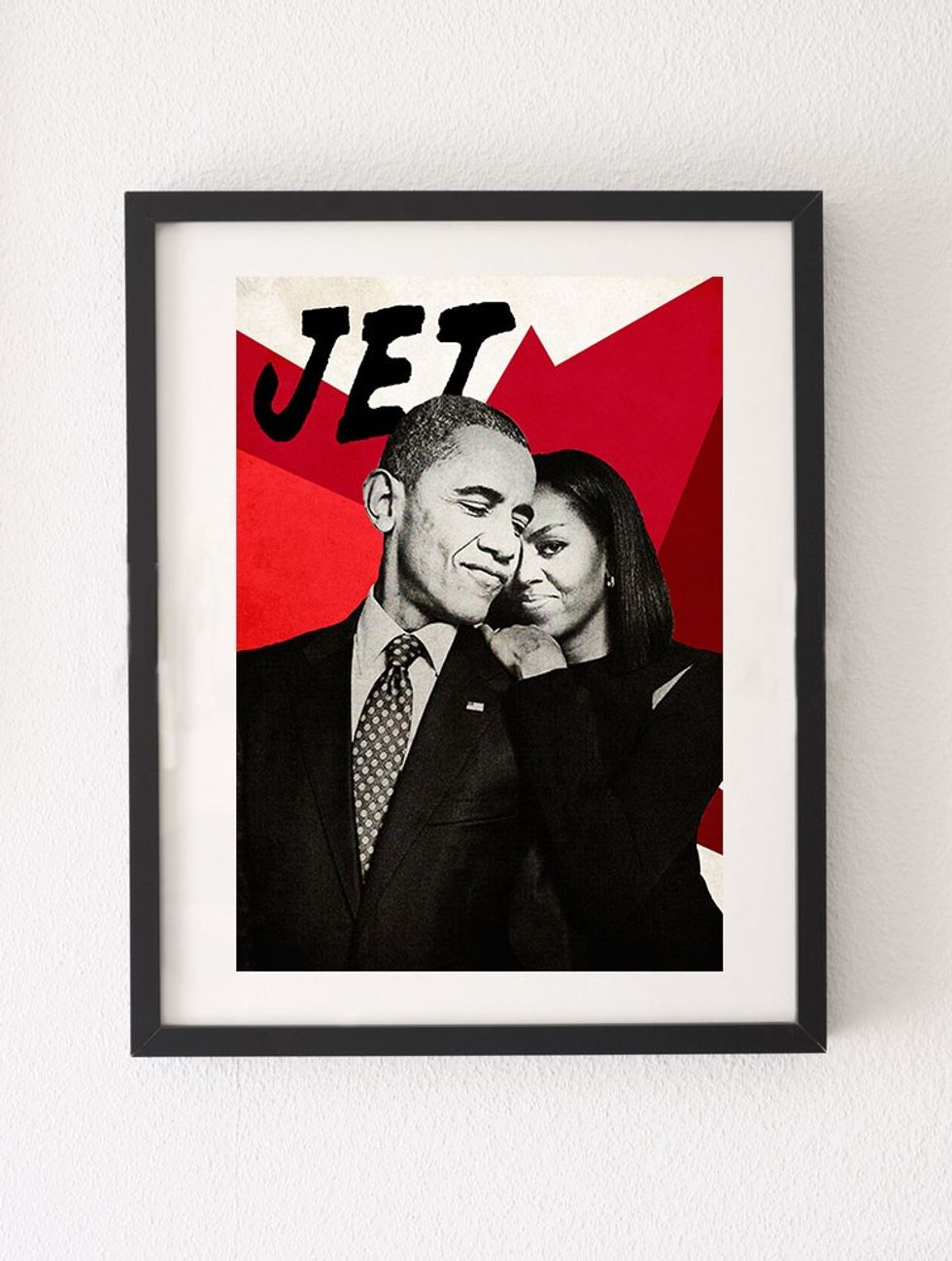
On growing up seeing Black people in newspapers and magazines.
I'm not going to act like Black representation was in a shortage while growing up. I was surrounded by my culture in my household. I grew up in the '90s, so Black pride was present. Everything that was under my roof reflected our way of living, I'm talking Jet magazine, Ebony, Sports Illustrated, Word Up. That was the norm, or at least that's all I ever paid attention to. It didn't feel foreign. I think my fondest memories are exclusive to what my personal interest was at the time, which was sports and music as a kid. So if it was seeing my favorite musician leading the charts or being in the top 20 in music or if it was [Michael Jordan] with his tongue out dunking over Patrick Ewing or someone. Anytime my personal favorites or the legends you heard about frequently from your family members graced the cover, it was exciting to see.
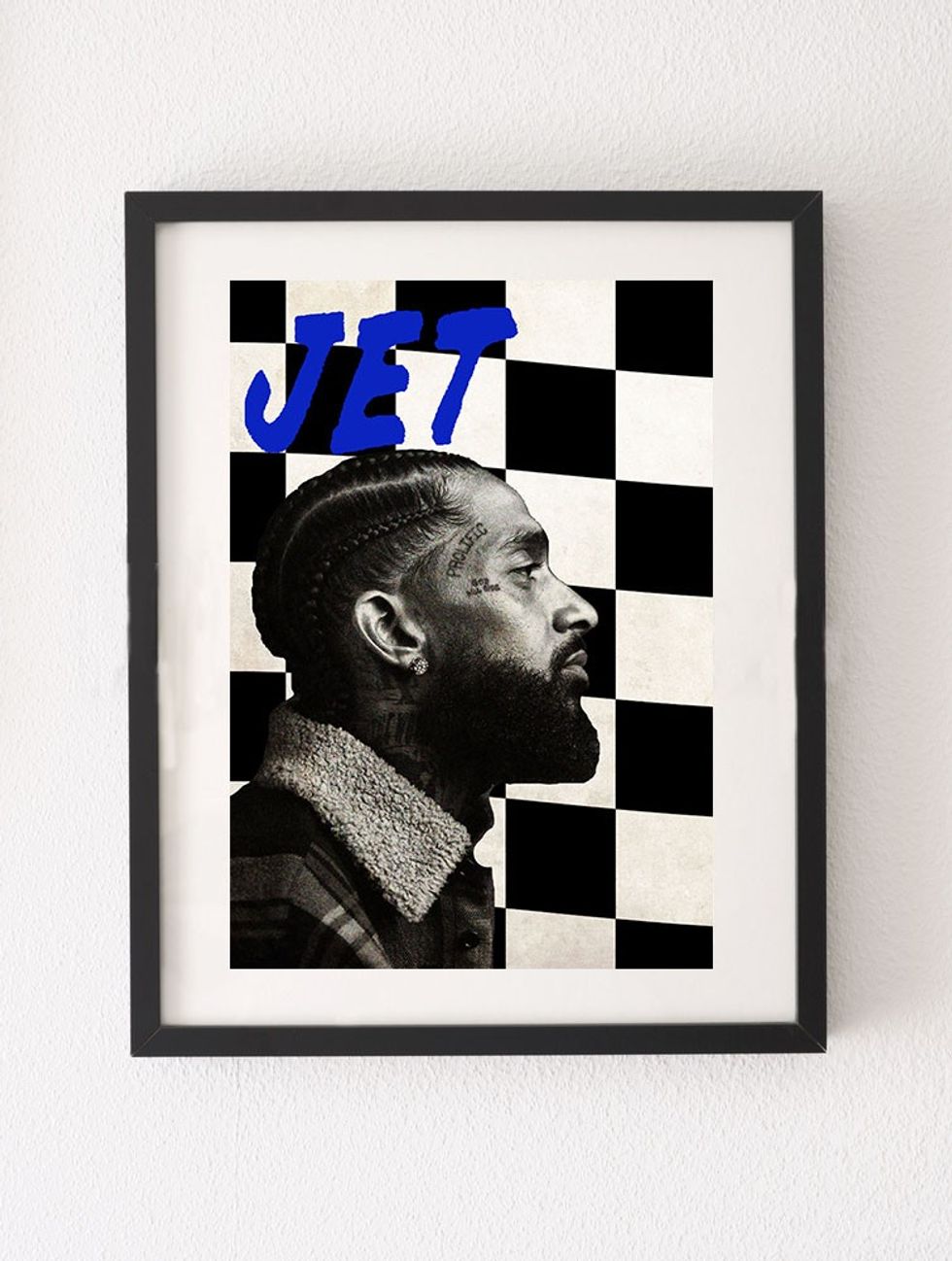
On the importance of Jet’s aesthetics.
It was the nature of the unknown subject. The simplistic design. The bright colors. The shapes. The era that inspired my body of work was the 1950's and '60s. Herbert Temple, who was the art director for Johnson Enterprise at the time, focused on minimal typography, bright colors and a black and white subject that was unknown to most. The subjects were revered for their style, beauty, and social responsibility. When I came across the magazines, I immediately thought about how people would react to the magazines’ nostalgia and digestible.
I love tangible art and memorabilia. I felt that a person like myself would appreciate hanging a print of someone impactful while keeping Jet’s history alive. [Editors note: The print version of Jet Magazine folded in 2014.] It was my way of preserving history. Technology and digital art is fleeting. You only have about 12 seconds and it's forgotten. I felt that it was necessary to allow this concept to live on in people's spaces just like Jet magazine did for years.
I think we can absorb Jet’s mission and intention and move forward by representing the reason they exited. We can be walking billboards in our community and carry a sense of dignity, education, and pride, which are things I feel are important today. Remember, times were different then, so although we may not have a tangible medium to carry on [Jet’s legacy], we can be living representations of what that literature stood for.
I want them to feel the nostalgia and do homework on the history. It's important to study the history of not only Jet magazine, but the content it covered. So many amazing subjects, educated in a variety of disciplines. I'm talking about inventors, educators, scientists, athletes, politicians. The work these everyday people put in should continue to be acknowledged. It's important that we carry on the tradition, but in the right way.
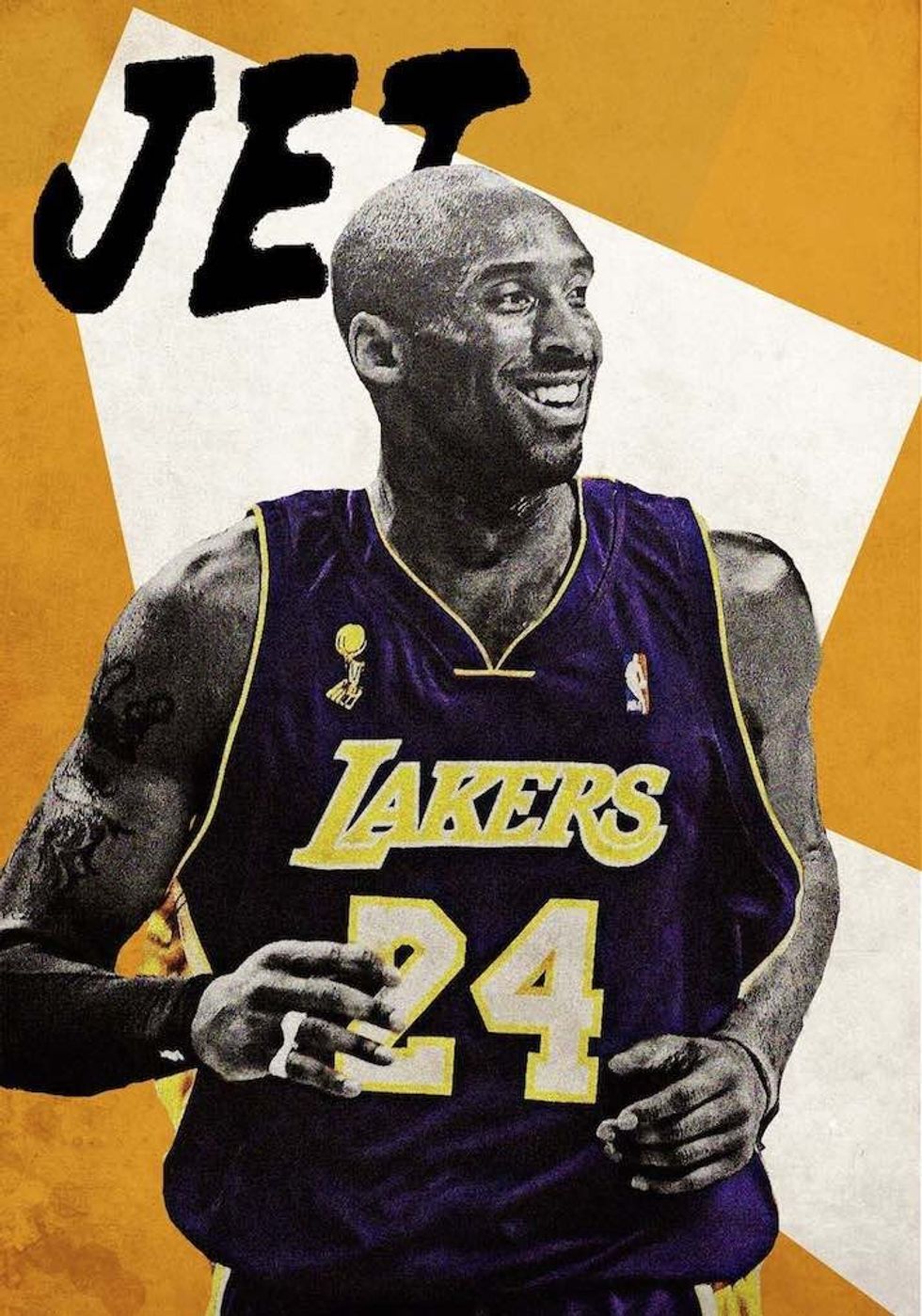
__
Michael Butler is a Panamanian writer from Augusta, Georgia and has written about culture for publications like Remezcla and Lonely Planet. When he isn't eating ripe plantains, Michael is a fan of the Atlanta Hawks and reciting every line from The Five Heartbeats.